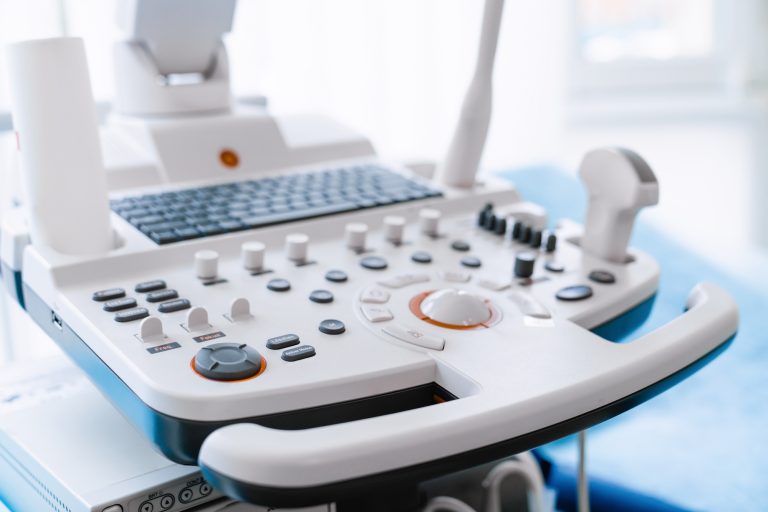When you’re expecting a baby, every checkup feels like a step closer to meeting your little one. Among the tests your doctor might mention is a pelvimetry X-ray—a special scan to measure your pelvis. It’s meant to see if your baby can pass through safely during birth. For some moms-to-be, especially those with smaller frames or a history of tough deliveries, it sounds like a smart idea. But with modern medicine evolving, many wonder: is this X-ray a must-have or just an optional add-on?
The process itself is simple enough. You’ll stand or lie down while a machine takes pictures of your pelvic bones. It’s quick—maybe a few minutes—and painless, though you’ll need to hold still for clear shots. The catch is the timing: it’s usually done late in pregnancy, close to your due date. Since it involves radiation, doctors are cautious, keeping the dose low to protect your baby. In the past, pelvimetry X-rays were more common, but today, they’re not routine everywhere—some hospitals skip them unless there’s a clear reason.
So, what’s the value? A pelvimetry X-ray can flag issues like a narrow pelvis, which might mean a C-section instead of a vaginal birth. For a first-time mom or someone who’s had complications before, that heads-up could be crucial. But here’s the rub: it’s not foolproof. The scan can’t predict everything—babies wiggle into different positions, and labor’s unpredictable. Plus, ultrasound, which uses sound waves instead of radiation, often gives doctors enough info these days. That’s why some call it a luxury rather than a necessity.
Cost and access play a big role too. In some places, getting this X-ray means extra fees or a trip to a better-equipped clinic—not always easy when you’re juggling prenatal visits and life. If your hospital has limited resources, staff might lean on their experience instead, feeling your belly or tracking labor progress to decide what’s best. When it works, though, results come fast, giving your doctor a clearer plan. Still, it’s not a magic fix—false alarms can lead to unnecessary worry or surgery.
In the end, whether a pelvimetry X-ray is a need or a luxury depends on your situation. If your doctor suspects a real hurdle, it could guide a safer delivery. But for most pregnancies, newer tools and good old-fashioned monitoring often do the trick without it. Chat with your healthcare team—ask why they recommend it, or why they don’t. It’s your journey, and knowing what this test can (and can’t) do helps you decide if it’s worth the extra step.






